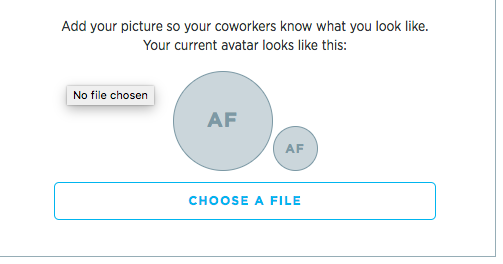Reading development has fascinated educators, parents and researchers for decades. While we know that the human brain is wired for language acquisition, the reading and writing of an invented language – as all languages are – is something for which the brain is not hardwired. It requires learning and adaptation.
What Are Some Theories of Reading Development?
Language use may seem commonplace. After all, we use the language every day in reading, writing, speaking and listening. Our communication is utterly dependent on our ability to utilize language. However, the cognitive processes inherent in the development of language are actually exceptionally complex.
Since the advent of the written word, there has been research and thinking about the ways in which the cognitive development that reading requires happens in the brain. Beyond simply learning to sound out words, there is a connection that needs to take place in the mind of the child between the letters he sees on the page and the words he reads and the words he hears. This is a complex neurological dance.
Many researchers have attempted to explain how this happens. Through experiments on children, observation and a variety of teaching methods, a number of theories about reading comprehension have been developed that attempt to explain or dissect the processes and stages of cognitive development in new readers. Among the most famous was the French social scientist Jean Piaget.
What Is the Piaget Reading Theory?
Piaget's theory in a nutshell was that children begin the process of reading and language acquisition by first gathering sensory and motor information. This is information about the way things feel, taste, smell and look. Their motor information is how they move and handle objects in space. This is typically what happens during the period between when a child is born and when she is about two years old. By using soft books and board books and having books around a lot, the baby will begin to understand that reading is important.
The second stage in Piaget's reading theory comes when the child is between the ages of two and seven. According to Piaget, this is known as the preoperational stage of life. During this period, the child is beginning to understand the ideas of a past and a future but needs repetition in order to grasp the concept of sequence. Rereading the same story over and over helps her to learn this.
Between seven and 12 years of age, the child is in the concrete operations stage of her cognitive development. In this stage, the child begins to gain the capacity for both logical and abstract thought. These skills form the necessary foundation for reading comprehension. The child needs to be able to read something and conceive of what it means. This is why reading aloud to children is so effective in increasing comprehension.
Why Is Reading Comprehension Important?
Regardless of what theory you believe about how a child gains reading comprehension skills, there is no doubt that reading comprehension is extremely important. A language is a tool that helps to create thought. Thus, children who are exposed to lots of writing and a varied vocabulary are likely to be capable of more complex thought.
On a very basic level, reading comprehension is important because reading is integral to so many basic activities such as shopping, eating, driving, working, looking for help, learning how to take care of yourself, applying for jobs, etc. Children with a high level of reading comprehension are significantly more likely to be able to move through the world with success. Students who struggle with reading comprehension, on the other hand, are more likely to struggle in school and find their job prospects severely limited.
By showing the importance of literacy and the value of reading at an early age, adults can help to get their child on the fast track toward language acquisition and reading comprehension. This is a great way to give their kids a head start in life.
Related Articles
References
Writer Bio
Ashley Friedman is a freelance writer with experience writing about education for a variety of organizations and educational institutions as well as online media sites. She has written for Pearson Education, The University of Miami, The New York City Teaching Fellows, New Visions for Public Schools, and a number of independent secondary schools. She lives in Los Angeles.











